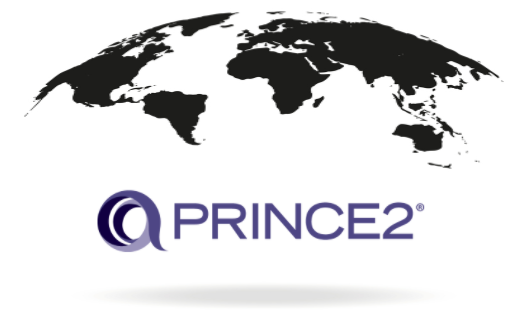Gary Murphy
11 Jul 2017
PRINCE2 and its global versatility
Some may be under the illusion that PRINCE2 is only valuable to those within the UK. Specifically, that the skills gained during the accreditation will only be applicable to the UK Information Technology market. You would be forgiven for thinking so with PRINCE’s history and origin. In the 1970’s, it began as PROMPTII Simpact Systems Ltd, created by the UK Government. In the 1980’s it underwent some changes was and renamed PRINCE. PRINCE2 came about in 1996 after the programme underwent further modifications. Another revision followed in 2009 and 2017 has brought us the latest update.
However, PRINCE2 is a versatile programme where the taught skills can be translated onto any project; whether it be organising a Bar Mitzvah, constructing and overseeing the building of a health clinic in Malawi, --READ MORE--to project management sectors in IT offices across the world.
The UK makes up the largest proportion of consumers of the PRINCE2 market; unsurprisingly. However, with an industry which is continually changing and becoming more internationally driven, PRINCE2 Training could no longer be restricted to the UK market.
Secondly, to the UK, the Netherlands follows. Australia comes in third and interest from Central and Eastern Europe is rapidly growing; with Poland, Denmark and Germany following closely behind. The fastest growing interest comes from Asia; especially China and India. This is understandable due to the explosive expansion and rapid growth of the Chinese and Indian IT sectors. A large portion of Information Technology work is outsourced to China and India from the UK, therefore making it understandable that there would be significantly growing interest to take PRINCE2. It helps place them on equal footing with their British counterparts.

With the statistics regarding undertaking of PRINCE2 globally, it comes as no surprise that AXELOS had made PRINCE2 2009 available in 19 languages; Arabic, Mandarin, French, Czech, Danish and Dutch to name a few. The latest PRINCE2 2017 update, which was only announced in early 2017, is currently available in English. But over the following year, Dutch, German, Polish, French, Danish, Norwegian and Italian translations in guidance and exams are planned. The demand from the Netherlands, Poland, Denmark and Germany reflect why these languages have initially been selected. A precise schedule of when these languages will be available is expected to be announced towards the end of 2017.
The AXELOS 2016 PRINCE2 report targeted 2,434 respondents, 38% were from the UK and the remaining 62% were from the rest of the world (RoW). An interesting discussion point was who made the decision on what training was to be undertaken. Results from the UK, Canada and Australia were fairly similar; close to 59% of respondents detailed that the training decision came from HR or from their Line Managers. Germany was an interesting exception where the decision to undergo PRINCE2 certification was taken by oneself; even though funding majoritively came from their respective companies. Furthermore, India’s most populous answer said that the decision was mandatory company policy.